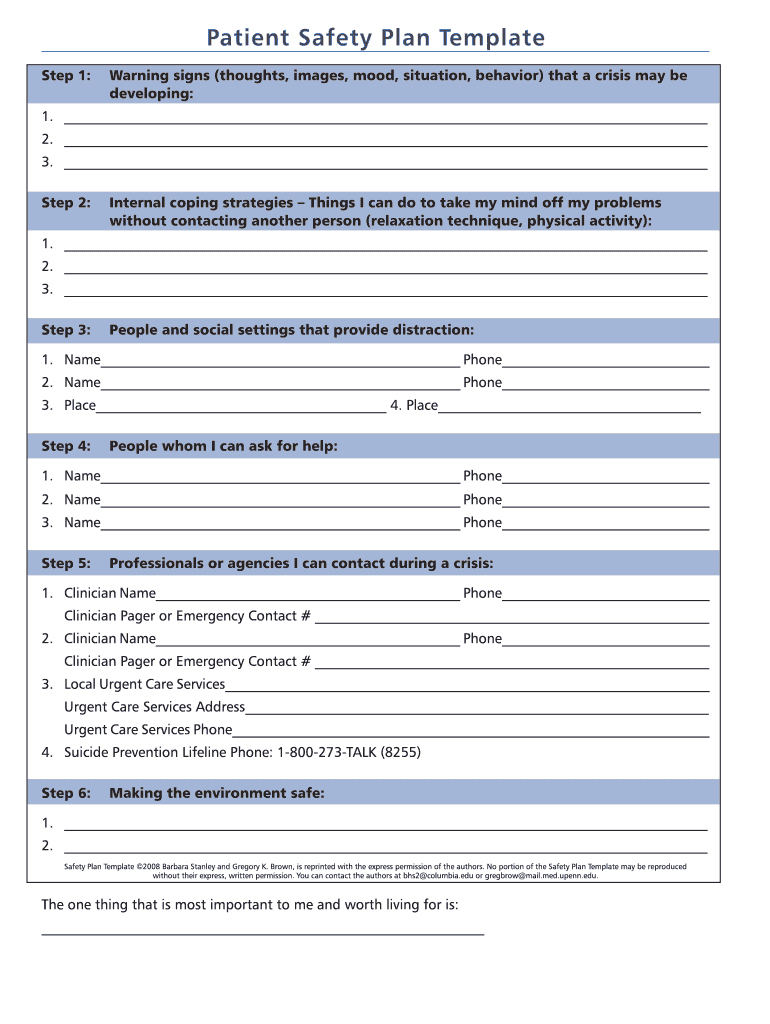Suicide is a serious issue that affects many individuals around the world. It is important to have a safety plan in place to help prevent suicide and provide support to those who may be struggling with thoughts of self-harm. A safety plan is a personalized, practical guide that outlines steps to take when feeling overwhelmed or in crisis.
Having a safety plan can help individuals identify warning signs, coping strategies, and resources that can be utilized in times of need. It can provide a sense of control and empowerment during difficult moments, helping to reduce the risk of self-harm.
Sample Suicide Safety Plan Template:
1. Warning Signs: List specific thoughts, feelings, or behaviors that indicate you may be at risk for suicide. Include triggers or situations that may worsen your mental health.
2. Coping Strategies: Identify healthy coping mechanisms that help you manage stress and emotions. This may include activities like exercise, mindfulness, or talking to a trusted friend or therapist.
3. Support Network: List trusted individuals you can reach out to for help, such as family members, friends, or mental health professionals. Include contact information for crisis hotlines or local resources.
4. Professional Help: Detail the steps to take if you need immediate assistance, such as calling a therapist, visiting an emergency room, or contacting a mental health crisis line.
5. Safety Plan Review: Regularly review and update your safety plan to ensure it remains relevant and effective. Share your plan with trusted individuals who can help support you in times of crisis.
By creating a suicide safety plan, individuals can take proactive steps to protect their mental health and well-being. It is important to prioritize self-care, seek help when needed, and reach out for support during difficult times. Remember, you are not alone, and there are resources available to help you through challenging moments.
